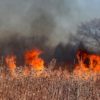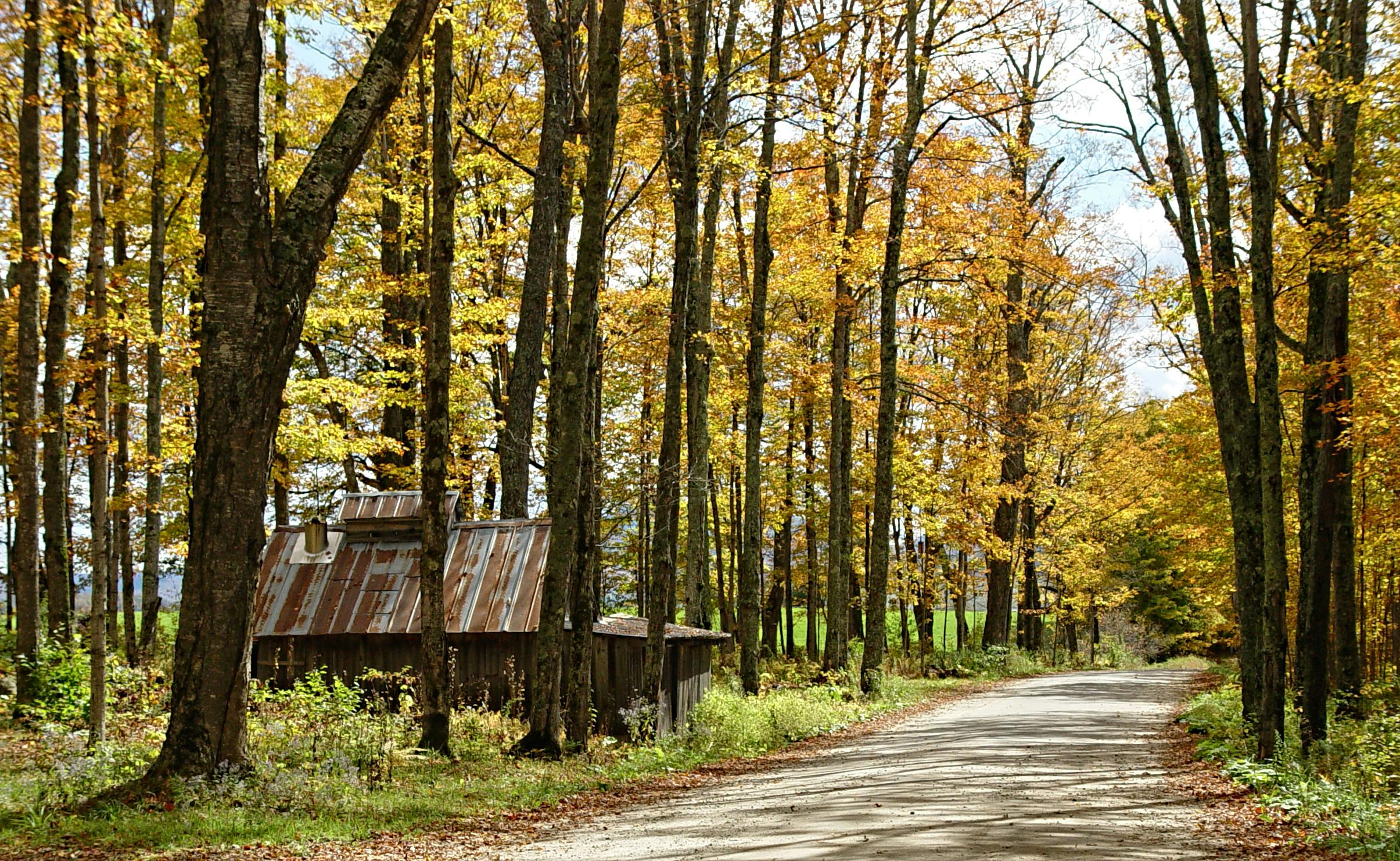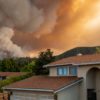Concern over fire response is growing as wildfire season approaches, and the coronavirus implications persist. Wildfire response is likely to be measured and conservative as public agencies too try to reduce the spread of coronavirus. A recent New York Times article suggests firefighters will still respond to wildfires, but a major cloud surrounds the logistics of it all.
Some firefighters are experiencing quarantine conditions due to recent travel or contact with a confirmed positive COVID-19 case, while others have tested positive for COVID-19. Fire personnel are obviously in the essential category and therefore still working to serve the public. This puts them in susceptible situations in both the public and a shared firehouse. There is an expectation that as fire season approaches it is inevitable that some will be under quarantine, making for less personnel available for any wildfire response.
Coronavirus also poses problems other than the virus to the firefighting community. Many, if not all, preseason training sessions have been canceled for firefighters across the country. Non-essential Firefighter activities such as conducting mitigation activities, enforcing defensible space, or even brush removal initiatives have been limited or cancelled as well. Every fire season warrants aid from firefighters from other local agencies, states, and even countries. This may not be possible this year as other countries are also experiencing the impact of COVID-19. Another risk from coronavirus is related to the incident commanders. Many of the incident commanders are retirees that are part of the high-risk age group for experiencing the worst symptoms of COVID-19. It’s possible conservative team members will sit out this fire season due to the risk, leading to a whole nother resource limitation.

Wildfire responders, like all essential workers, will likely have to adhere to strict guidelines on cleanliness, mask- wearing, and social distancing this summer
Many of the highest ICS position-holders are In the riskiest group (over 60). Could they sit the season out?
Planning for 2020 Fire Response
Wildfire responders that are healthy will have to deal with new fire camp rules regarding social distancing and cleanliness, the potential for a ‘stay at home’ but now evacuating public, and travel & logistics that place them at a higher risk. All things considered, RedZone has inquired with many of our friends and contacts around the fire community and many factors are still being considered while the situation continues to unfold. There is a hope that coronavirus will dissipate by summer and wildfire season, but the virus should still be factored into wildfire response plans. The NFPA is suggesting Firefighters should follow procedures similar to the Department of Interior (DOI) Pandemic Influenza Plan and the Infectious Disease Guidelines for Wildland Fire Incident Management Teams provided by the National Wildfire Coordinating Group. Some of the suggestions for wildfire response outlined these documents are:
- Wear proper personal protective equipment (PPE)
- Maintain situational awareness
- Wash hands and disinfect gear
- Provide employees with information on how to refuse an assignment
- Make initial reports to necessary units and personnel if there are suspicions that an individual is infected
- If an individual is confirmed to have COVID-19, isolate the incident and inform all
- Reduce chances of spread by quarantining any positive cases
But Where and When First? Our Best Guess
In general, peak wildfire season occurs (this time of year) first in the south then the southwest, progresses to the interior deserts and mountains, Pacific Northwest and Northern Rocky Mountains, and occurs later in the Mediterranean ecosystems of California. This pattern of fire incidence reflects the seasonal variations of climate and fuel moisture, which in turn are controlled by the seasonal variations of the surface energy budget driven by solar insolation and precipitation. From RedZone’s perspective, our best guess during the next sixty days geographically for a ‘safe at home’ or ‘quarantine-time’ deployment is in CO, TX, NM, AZ, or the lower elevations and foothills in CA.
Like most people wondering about this wildfire season, we have so many more questions than answers. Will it matter that 90% of wildfires are started by human activity, which is very much quelled during the current ‘stay at home’ measures? AND although less human activity could mean less ignitions, could this be a year where Private fire resources (like the programs we serve) be more important than ever?




3 Comments